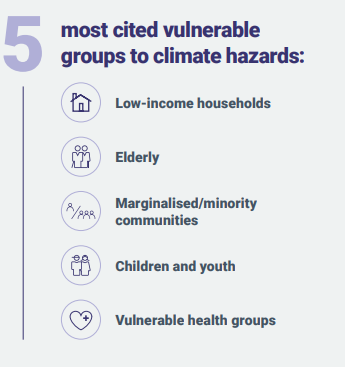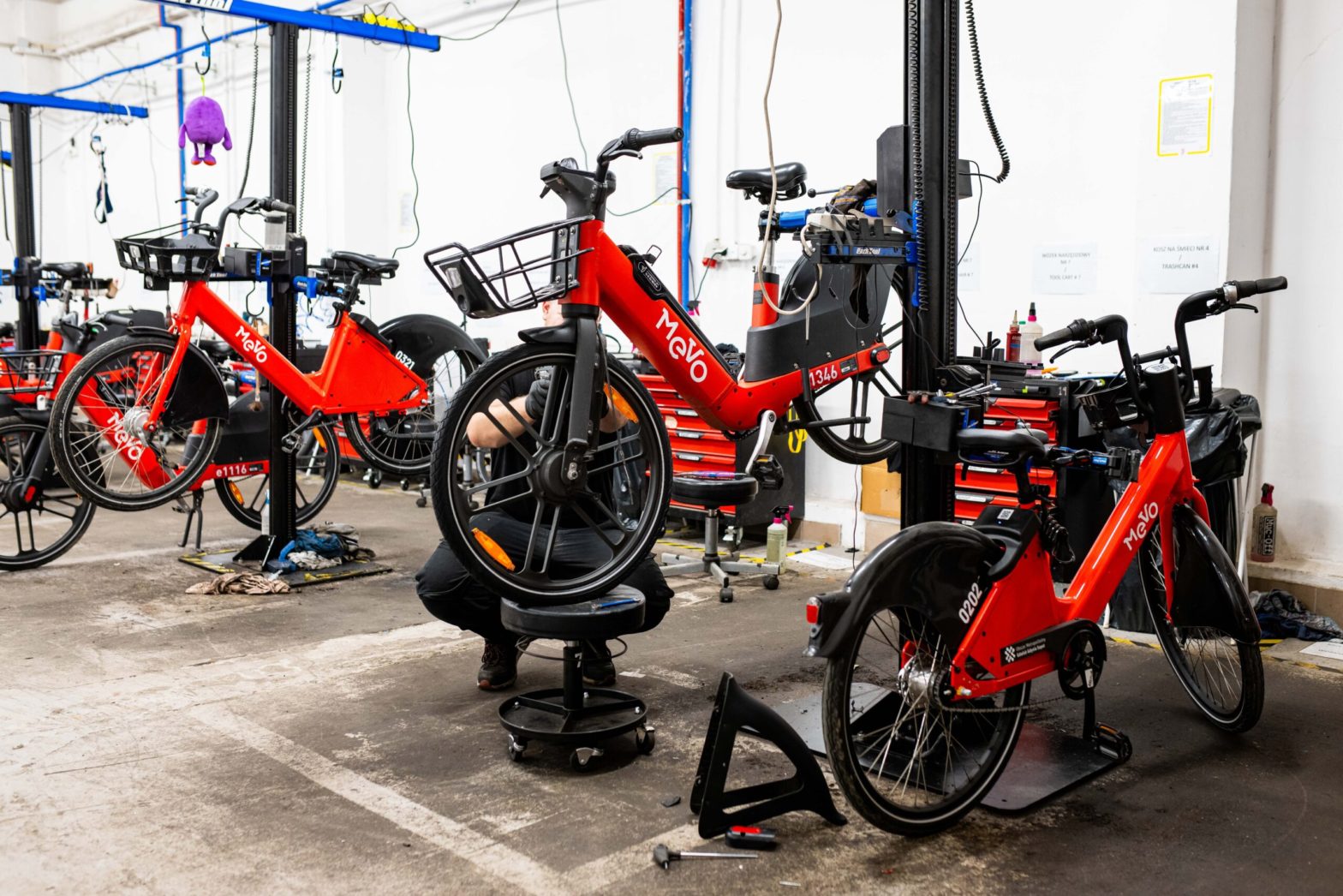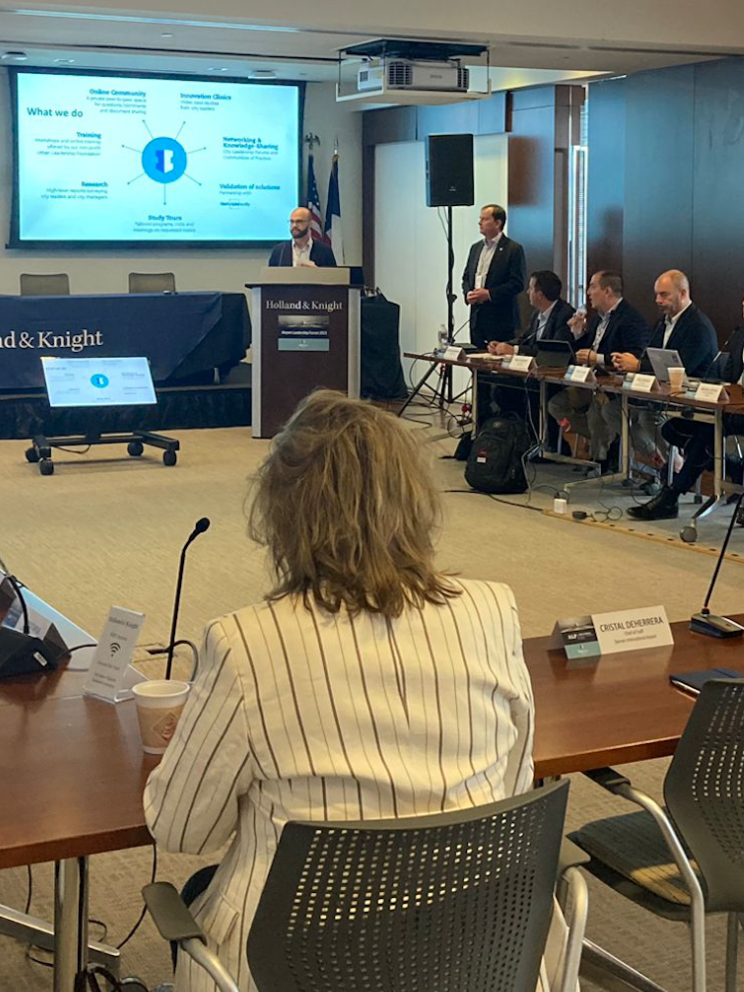
Photo: Philip Bird | Dreamstime.com (Flooding in York 2020)
Funding gap puts UK cities’ climate plans at risk
28 March 2023
by Sarah Wray
Climate hazards are increasing in UK cities and worst affecting the most vulnerable members of society, according to new data from CDP – a non-profit that runs an environmental disclosure system.
Despite the urgency, UK local authorities cite funding as a major obstacle to climate change adaptation, exacerbated by the cost of living crisis.
Building Local Resilience, based on data disclosed by 60 UK local authorities in 2022, finds that almost every council (98 percent) reported a climate hazard in their area – up from 75 percent in 2018 – with extreme heat, flooding and heavy rainfall being the most common hazards.

The disclosing local authorities, including Birmingham, Coventry, Glasgow and Greater Manchester, comprise almost half the UK’s population and a third of its greenhouse gas emissions.
The report finds that low-income households, the elderly, those with vulnerable health, children and minority communities are the worst affected by climate change, with heat-related illnesses, mental health impacts and injuries or deaths caused by extreme weather events being the most widespread consequences.
Maia Kutner, CDP Global Director of Cities, States and Regions, said: “The ravaging effects of our warming planet spare few corners of the globe, and the UK is no longer immune from them. From the hottest year on record in 2022 to multiple floods, droughts and thousands of wildfires, the country is experiencing just how severe climate change really is and, unfortunately, its knock-on impact on health and vulnerable communities.”
Adaptation
The report also finds that local authorities have a strong focus on adapting to these impacts: 98 percent have an emissions reduction target and 90 percent have a mitigation plan. Three in four (77 percent) have an adaptation plan, up from just 33 percent in 2018. Almost all (97 percent) are implementing adaptation actions, such as flood defences and reforestation.
However, local authorities report significant barriers to adapting to climate change. The main obstacle is budgetary capacity (66 percent) as well as housing and the cost of decarbonising homes (51 percent), poverty (41 percent), the cost of living (32 percent), and inequality (31 percent).
Analysis last year by the Local Government Association found that rising energy prices and inflation were contributing to £3.6 billion (US$4.4 billion) in unforeseen costs for council budgets in 2024/25, potentially putting essential services at risk.
Of the 21 local authorities also disclosing to CDP how much additional funding they require for adaptation projects, the investment gap stands at £17.4 billion.
Ravina Singh, CDP UK Cities Manager, told Cities Today: “The funding gap for local authorities to successfully implement their climate action plans and achieve their climate targets is immense. As our data shows, the lack of financing is one of the biggest challenges facing councils when tackling climate change. If local authorities don’t obtain the additional capital they desperately need, it will put the achievement of the UK’s 2050 net zero target in jeopardy.”
She added: “For several years, we’ve seen levels of public funding fall short of what is required for councils to achieve their climate change targets. Alongside increased public finance, it’s essential that local authorities also utilise private finance. Many banks and companies are looking to invest or partner on environmental projects.”
Singh highlighted CDP’s Matchmaker initiative and the City-Business Climate Alliance project which aim to help councils find funding partners.
Another key recommendation from CDP is removing internal silos to help prioritise climate action and leverage existing funding in areas that overlap with the council’s climate plan, such as emergency responses and public health.







